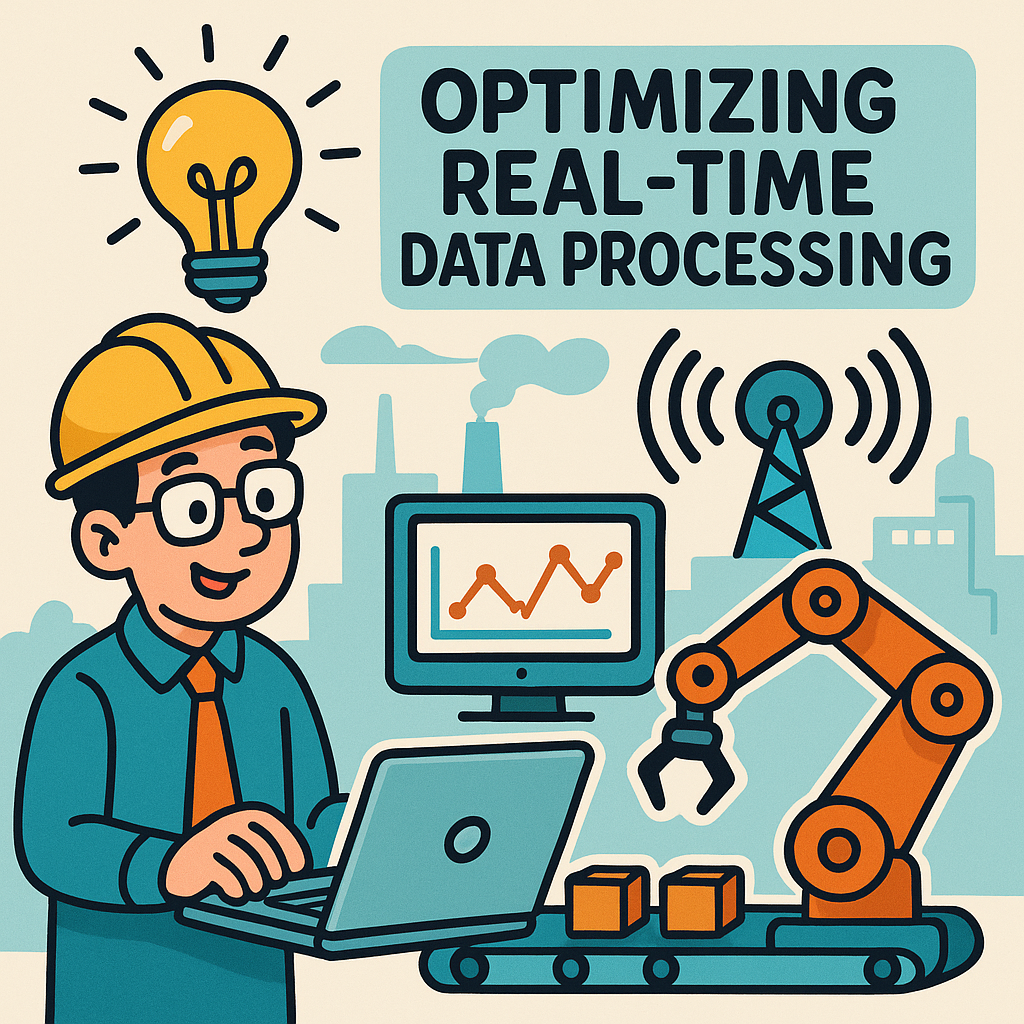Understanding the Landscape of Real-Time Data Processing
As industries pivot towards smart manufacturing, the integration of private 5G networks at the edge presents a significant opportunity for enhancing operational efficiency. However, optimizing real-time data processing in firmware stacks for these edge nodes brings a multitude of challenges. It’s essential to grasp the intricacies of firmware design when dealing with high-volume data streams generated by IoT devices in manufacturing settings.
Challenges in Firmware Design for Real-Time Processing
The first hurdle is achieving low-latency communication. With the proliferation of sensors and devices across the manufacturing floor, the firmware must handle data from various sources seamlessly. This requires a robust architecture capable of processing and relaying information within microseconds. The challenge intensifies when considering the resource constraints typical in edge devices.
Another critical challenge is the diversity of data formats and protocols. A manufacturing environment often employs myriad devices, each communicating in different ways. This heterogeneity necessitates a versatile firmware solution that can decode and process various data types while maintaining performance.
Hardware Considerations for Edge Nodes
When discussing hardware, the choice of processing unit is paramount. Many edge devices utilize ARM-based processors due to their power efficiency and performance balance. However, the firmware must be optimized to leverage the specific instruction sets of these CPUs. For instance, incorporating SIMD (Single Instruction, Multiple Data) operations can significantly accelerate data processing tasks by parallelizing workloads.
Moreover, memory architecture plays a crucial role. Utilizing faster memory types like SRAM over traditional DRAM can reduce access times, impacting the overall speed of data handling. In practice, implementing a memory hierarchy that caches frequently accessed data can mitigate bottlenecks and improve throughput.
Algorithm Efficiency and Real-World Design Tradeoffs
At the heart of real-time processing lies the choice of algorithms. Algorithms must be not only efficient but also resilient to the variations in input data. For example, adopting edge AI techniques can help preprocess data locally, reducing the volume of data sent to the cloud. However, this requires careful consideration of the models’ complexity and the available computational resources.
Real-world design tradeoffs often surface when balancing accuracy and speed. A common scenario involves using machine learning models that are computationally intensive but provide higher accuracy for predictive maintenance. In such cases, engineers must decide whether to deploy a simpler model that operates faster or one that offers better insights but at the cost of increased latency.
Implementing Edge Computing Strategies
To enhance real-time data processing, implementing edge computing strategies is essential. By processing data closer to the source, manufacturers can reduce the volume of data transmitted over the network, alleviating congestion. This strategy also enables immediate decision-making, essential for time-sensitive applications like robotic control and quality assurance.
Additionally, implementing a microservices architecture can modularize the firmware stack, allowing for independent updates and optimizations without disrupting the entire system. This flexibility is invaluable, especially in dynamic manufacturing environments where requirements can change rapidly.
Security Considerations in Firmware Stacks
As we delve deeper into the firmware stack, we cannot overlook security implications. The edge nodes are often prime targets for cyberattacks due to their critical role in the manufacturing process. Implementing robust encryption protocols and secure boot processes in the firmware can help safeguard against unauthorized access. Moreover, regular updates must be part of the firmware lifecycle to patch vulnerabilities as they arise.
Case Study: A Real-World Application
Consider a smart factory employing a private 5G network to connect thousands of devices. The firmware stack must manage data from temperature sensors, robotic arms, and vision systems in real time. Engineers opted for a hybrid approach, combining edge computing with cloud analytics to balance processing loads effectively. By deploying lightweight machine learning models on the edge, they achieved significant reductions in latency while still leveraging the cloud for complex data analysis.
This choice illustrates the importance of iterative design and testing in firmware development. Every decision, from the selection of algorithms to the choice of hardware, plays a critical role in the overall performance and reliability of the smart manufacturing system.



